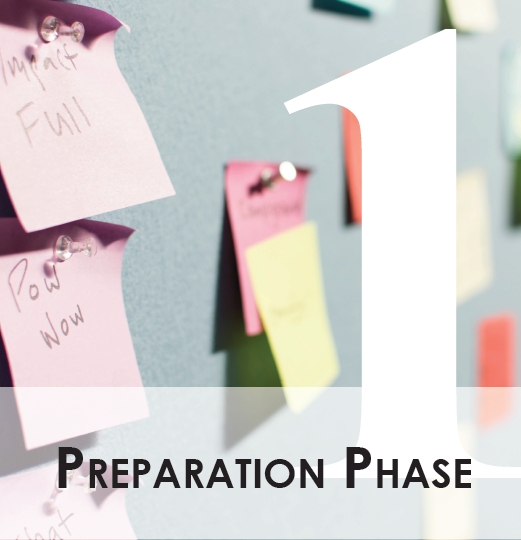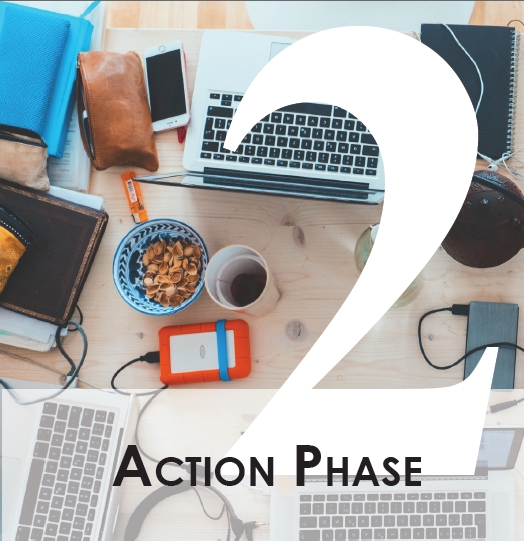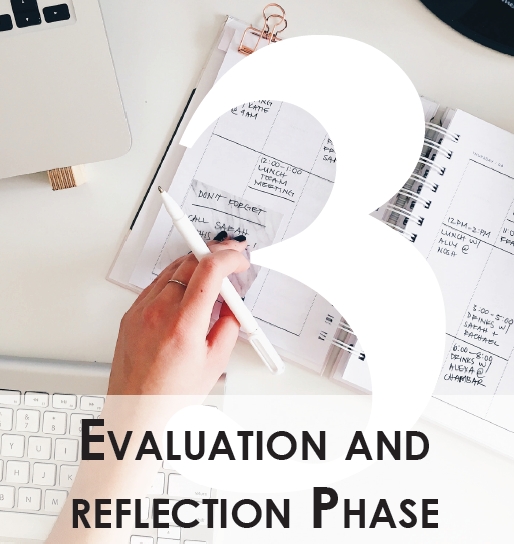
|

|

| ||||||
IntroductionThis section of the model is aimed at teachers in higher education institutions. The section can be used as a toolkit and has been created to support the work of HEI teachers who are interested in societal engagement and working with different stakeholders in society. In this toolkit, stakeholders comprise societal actors related to the specific study fields, for instance, public and third sector organizations for social sciences, in business studies different private enterprises, and in the arts, various arts organizations. The guiding principle through this toolkit section and the model as a whole is to see teaching and learning as an integral part of societal engagement for Higher Education Institutions. We will start by introducing challenge-based learning. After this we will introduce the HEISE pedagogical model by describing different stages of societally-engaged teaching in higher education institutions. We will give concrete examples and the tools necessary to put challenge-based learning into practice, and to make use of arts-based methods along the way. Moreover, we will also present longer case studies that highlight the process holistically.
HEISE Pedagogical ModelThe HEISE pedagogical model is based on experiential and challenge-based learning in order to increase higher education institutions` societal engagement. We believe that adopting arts-based methods in different stages of the learning process is a means of incorporating societal engagement in education. Challenge in this model is understood in a broad way: as any problem or challenge that an organization, group or individual is dealing with. ... |
Some examples on challenge based learning: https://www.challengebasedlearning.org/ And with a global twist: https://global.digitalpromise.org/ Guide to Learning by Developing: https://www.theseus.fi/ 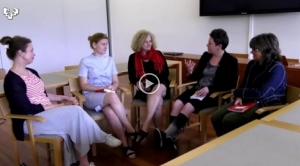 Some examples on challenge based learning: - Challenge-based cultural planning in the cultural district of Töölo Bay in Helsinki - Arvo Pärt Center - We-house Kerava and Puluboi |
|||||
| ||||||
|
The preparation phase consists of various activities that need to be completed before starting the challenge-based learning activities. When preparing yourself to teach a challenge-based course, a good way to understand the setting is to adopt the role of mediator and facilitator, as you will be working at the nexus between the students, the challenge owner(s) and the regulations of your university and discipline. The mindset, skills and competences of the teacher are at the core of the preparation phase. In addition, the profile of the students, their previous experience, completed courses and learning outcomes play an important role in deciding how to implement challenge-based learning. ... |
|
Once the preparations have been completed, it is time for action. Challenge-based learning often takes the form of a project in practice with a distinct timeframe, limited scope and resources, and specific outcomes. There might be various perspectives on the activity such as social, artistic, entrepreneurial, managerial and economic, all of which offer multiple ways to engage with society and through engagement increase the project's societal impact. ... |
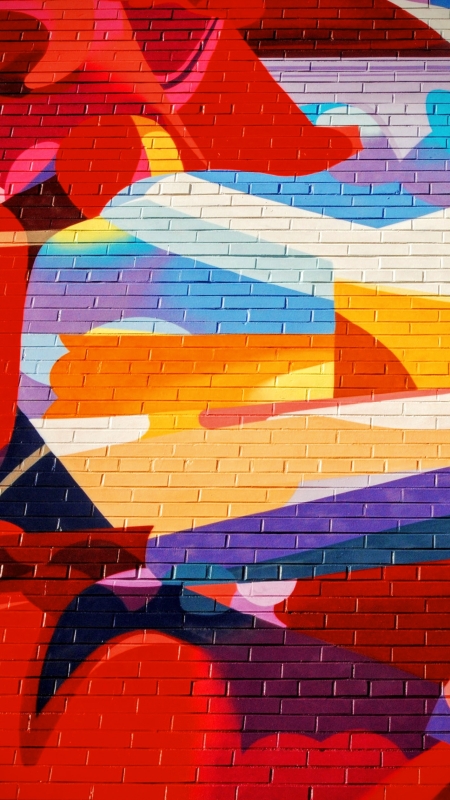
|
Arts-based methods as pedagogical toolsArts-based methods can be used as pedagogical tools in teaching, as professional methods when promoting the welfare of challenge owners, and as a tool when reflecting on one's learning process. The teacher's role is not to control but rather to facilitate, consider and reflect together with students. the student's role is not to adapt ready-made knowledge or skills, but rather to analyze circumstances and resources, to deconstruct preconceptions and to create new understandings with other people (Eskelinen & Kanervo 2018). See Figure 3 below for a summary on arts-based methods used. ... 
|
|
Examples of creative methodsStudent groups document their process by taking photos during their project. Students can share their photos, for example via Instagram, Whatsapp or other distribution channels. The first picture is a group photo, which introduces their project group and their project. Photos are a good tool for documentation in addition to other forms of record. Students take photos of the project activities, their partners in the project, and also the physical premises where the project takes place. Via Instagram etc. students can share photos, videos and stories about their project and it gives other students and teachers an opportunity to follow the project almost in real time. | 
|
|

Challenge at the University – Board gameDownload the Game instructions (print on A4) Download the Game board (print on A2) Download the premade Questions and Role cards (print on A4) Download empty Question and Role cards and fill them yourself! (print on A4) |
Songs, dances, paintings, pictures or dramasMake a song, a dance, a painting, a picture or drama of your thoughts and feelings at the beginning of the project. Is there something you are enthusiastic about? Are there issues that concern you? What are the personal strengths and skills that you can use in this project? The aim of this exercise is to encourage students to think about and name their own skills and the prior experience that they can use in this project. Each member of the group has their own unique strengths and when these are combined they can work wonders! |
Some examples of arts-based exercises |
Obstacles you might meetDuring the process, you might encounter problems that relate to content or to the participants. There might be resistance to engaging with the challenge. Often students find it frightening to discover that there is no clear tool or model that they can take and apply. They also get frustrated when the challenge itself is vague and needs re-defining - finding that there is no one right answer can create anxiety. ... |
|
As with any course, when we are evaluating challenge-based courses we need to bear in mind the learning goals. We need to distinguish how we evaluate the learning and whether we wish to evaluate the outcome achieved as well. There are three parties involved: learner, teacher and challenge owner(s). The role of each party is different in the evaluation process, but the evaluation should be done together with partners. The student collects feedback and evaluation materials during the challenge-solving project and uses different methods of documentation where possible. Good evaluation and assessment of outcomes helps to develop co-operation with partners and it also helps students to reflect on their learning achivements. ... |

|
Arts-based methods as pedagogical toolsAbove, we have concentrated on the evaluations of the students. However, we need to evaluate our own learning and progress as well, and that of the challenge owners. The first tool to use for the teacher's self-evaluation is student feedback. Often we collect feedback at the end of the course in the form of a feedback survey. However, engagement in discussions and collection of informal feedback throughout the process by discussing with students and challenge owners alike is to be encouraged. This allows you to take corrective action in time if needed. |
Learning diary instructions and guidelines Open PDFAims for evaluating the process and outcomes (e.g.report, poem, video) - To have reflective and evaluative discussions with students and the challenge owner at the premises of main activity for the project. Discuss: How did we achieve the aims, and how well did we achieve the aims? - Assign student teams to reflect on their own (team/personal) project aims and the outcome of the project. The aim is to discover the critical events, challenges and difficulties in the course of the project, and how they were overcome. - To make a presentation of the project - To reflect activities through the context of the course topic (e.g. social pedagogy) and make a summary of your conclusions with the team. |
Closing wordsChallenge-solving projects enable interaction and communication between the students and the challenge owners, and also between HEIs and the surrounding society. Co-operation between students and challenge owners gives students a great chance to consider their career opportunities and build their professional networks while still completing their studies. For the teacher, challenge- solving projects offer an opportunity to work together with students and challenge owners as equals. The learning process is egalitarian, as there are no right or wrong answers, but instead solutions are found and created together. The world around us is changing rapidly, and so should higher education institutions. Creativity and interpersonal skills are needed in order to cope with this complex world and its demands. Arts-based methods can support us in facing constant changes and help us to build resilience, cognitive flexibility and tolerance of uncertainty. These are also some of the core capabilities that Unesco and the Model UN have identified as being central in dealing with the complex problems of our society. In addition, the competences of emotional and social intelligence, critical and creative thinking, as well as the abilities to interact and negotiate with different types of people can be generated and practiced in challenge-based learning processes in which the teachers, students and stakeholders together actively engage in the solving of complex societal challenges. This type of collaboration creates meaningful interactions, which have great potential to lead towards a significant societal impact. |

|
|


